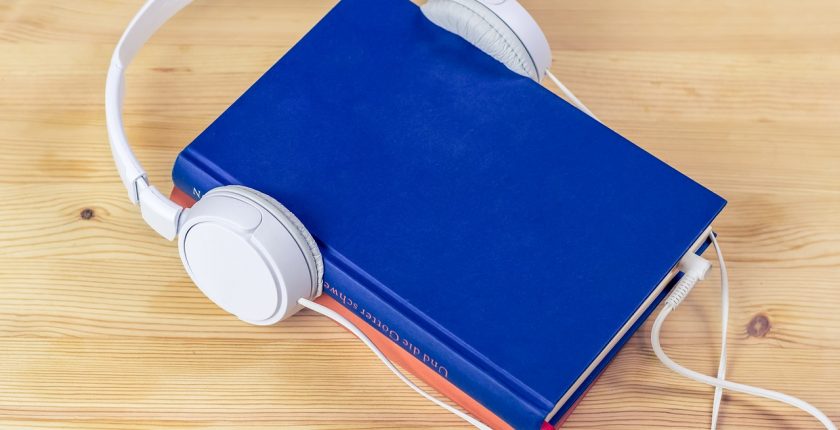School closures due to Covid-19 – The rise of online learning and increasing disparities in Ghana.
To combat the rapid spread of the Covid-19 virus, many schools across the globe closed their doors to students as one by one government mandated lockdowns upon their societies. UNESCO predicted at the height of these lockdowns in April 2020, 90% of learners were affected worldwide. In response to school closures, there has been an ongoing and monumental effort to re-imagine and implement remote learning to students at home. This has been heavily characterised by the rise of online learning.
Ghana is no exception to this rule, closing its schools officially on 16th March 2020. Schools and universities in Ghana have since implementing a variety of remote learning methods; from using official learning platforms to informal applications such as to WhatsApp.
But as schools across the globe ease back into classroom learning, there is growing concern as to how the rapid instigation of online learning tools has affected poorer students in Ghana.
Technology disparity
Online learning was a tool already in existence and so the most effective to utilise in response to lockdown. This style of learning requires a variety of devices and infrastructure to facilitate. However, some students in Ghana do not have access to structures such as the internet, devices or electricity. Consequently, they are blocked from entering the classrooms and the learning that has been taking place online.
There have been attempts to mitigate this with several universities, including the University of Ghana, offering free internet bundles to help students use online content. However, this has been met with varying degrees of success and students complaining that the bundle simply does not provide enough data for learning.
A divide also exists in the ability of state and private schools to set up quality online learning platforms. With state schools simply having less finance and capacity to create educate through these platforms.
Supportive learning environments at home
Learning at home comes with many challenges in the best of circumstance. In poorer households, there are an array of additional factors which pull students away from engaging with education.
As the pandemic drags on, the strain on family income increases, particularly households who were already struggling. Thus, one of the many realities affecting poorer students is being drawn away from education and into activities that support their family’s survival. Tasks from farming, working on the family business to doing household chores means that the protected time to learn in the classroom is not replicated at home. In the long term, this disparity can decrease poorer students’ chances of lifting themselves and their families out of poverty.
Additional challenges unique to poorer households include whether parents have the formal education to actively support their children’s learning. With parents having little education some students do not have the basic academic support they might need.
For girls, there are severe obstacles associated with their traditional roles in society. With schools closed these roles and expectations on girls are not being challenged. Not only are girls in poorer households expected to spend much of their time with household chores, limiting the time available for learning, they are also more likely to experience gender-based violence, child marriage or exploitation. Without the presence of in-classroom/in-person education, these factors remain unseen, additionally, girls have limited access to support.
Inclusive forms of learning
The utilisation of online learning in the face of school closures was a necessary step conducted with impressive effect in most countries including Ghana. The growing concern rests that in building a new learning environment with such speed, as covid-19 necessitated, that those who need quality education the most are the ones who are often unable to access it. This will and has no doubt already increased the existing disparity in education and wealth.
However, this disparity has been recognised and there have been a growing number of initiatives that use radio and mobile technology to deliver lessons to students. With 80% of Ghanaians having access to radio/mobile there is hope that this will help close the gap of learning. Going forward, as future lockdowns remain a possibility, it is important to build an inclusive system and to strengthen other forms of supporting poorer students’ education. Also necessary is to actively consider household economics, culture and current gender norms within these systems. Not doing so will encourage further perpetuating the existing cycles of poverty.
References
UNESCO (2020) Education, from disruption to recovery https://en.unesco.org/covid19/educationresponse
UNESCO, UNICEF (2020) Covid-19, Socio-economic impact on Ghana https://ghana.un.org/sites/default/files/2020-05/No3_%20UN%20Ghana%20COVID-19%20Briefing%20Note_2020_05_11_FINAL%20v2.pdf
J,N Upoalkpajor and CB Upoalkpajor (2020) ‘The Impact of Covid-19 on Education in Ghana’ Asian Journal of Education and Social Science, published 27/06/20
W, F Mohammed (2020) What Covid-19 reveals about educational inequality in Ghana https://www.aljazeera.com/features/2020/04/07/what-covid-19-reveals-about-educational-inequality-in-ghana/
Asian Journal of Education and Social Studies

